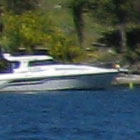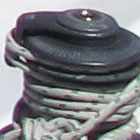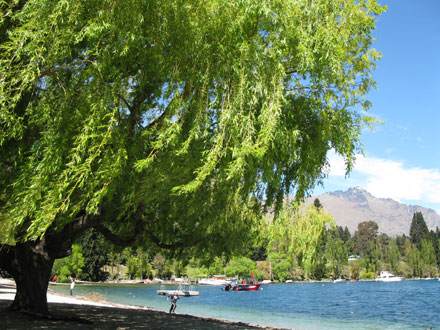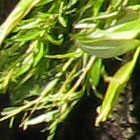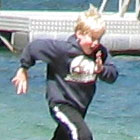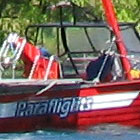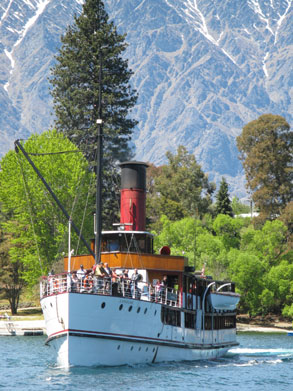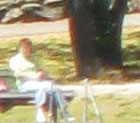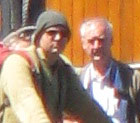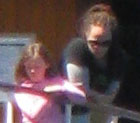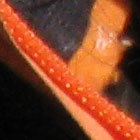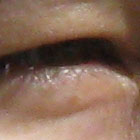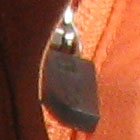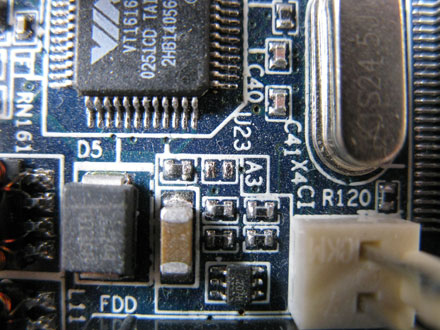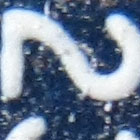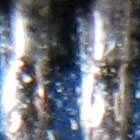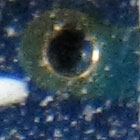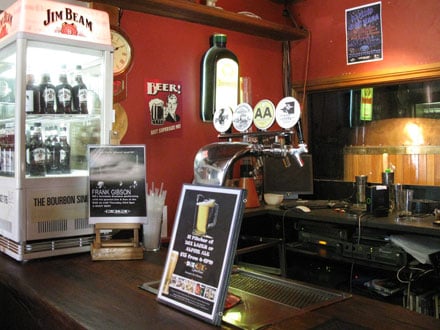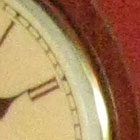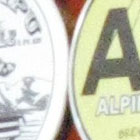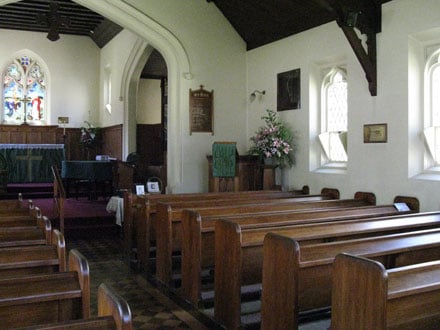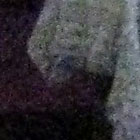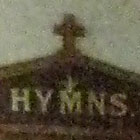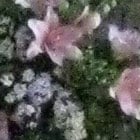|
Landscape: 2.57MB, Program, 1/160, f9, ISO 80, 6.4-38.4mm at 6.4mm (36mm equivalent) Landscape: 4.76MB, Program, 1/400, f3.2, ISO 80, 6.4-38.4mm at 6.4mm (36mm equivalent)
Landscape: 3.91MB, Program, 1/250, f5.9, ISO 160, 6.4-38.4mm at 38.4mm (216mm equivalent)
Portrait: 4.06MB, Program, 1/1250, f5.9, ISO 200, 6.4-38.4mm at 38.4mm (216mm equivalent)
Macro: 4.89MB, Program, 1/30, f3.2, ISO 400, 6.4-38.4mm at 6.4mm (36mm equivalent)
Indoor: 5.05MB, Program, 1/80, f3.2, ISO 400, 6.4-38.4mm at 6.4mm (36mm equivalent)
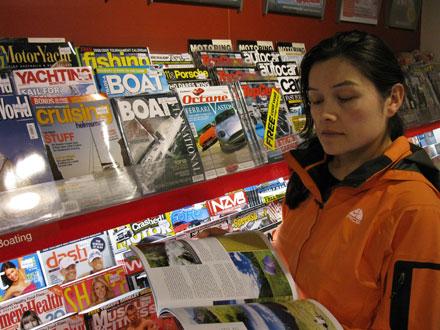 |
|
Our first indoor shot was taken with the A2000 IS at 400 ISO under artificial light. Face detection once again locked-on quickly, although could lose the subject when turned more towards a profile. Detailed areas of the image, such as the magazine covers look ok, but where there’s flat areas of colour or shadow regions, the noise textures have now become quite apparent.
 The result still looks acceptable for most prints though. | | | | | | | |
|
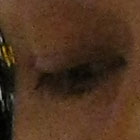 |
|
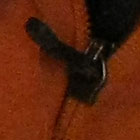 |
|
Indoor: 3.04MB, Program, 1/13, f3.2, ISO 800, 6.4-38.4mm at 6.4mm (36mm equivalent) Indoor: 3.19MB, Program, 1/50, f3.2, ISO 1600, 6.4-38.4mm at 6.4mm (36mm equivalent) |

